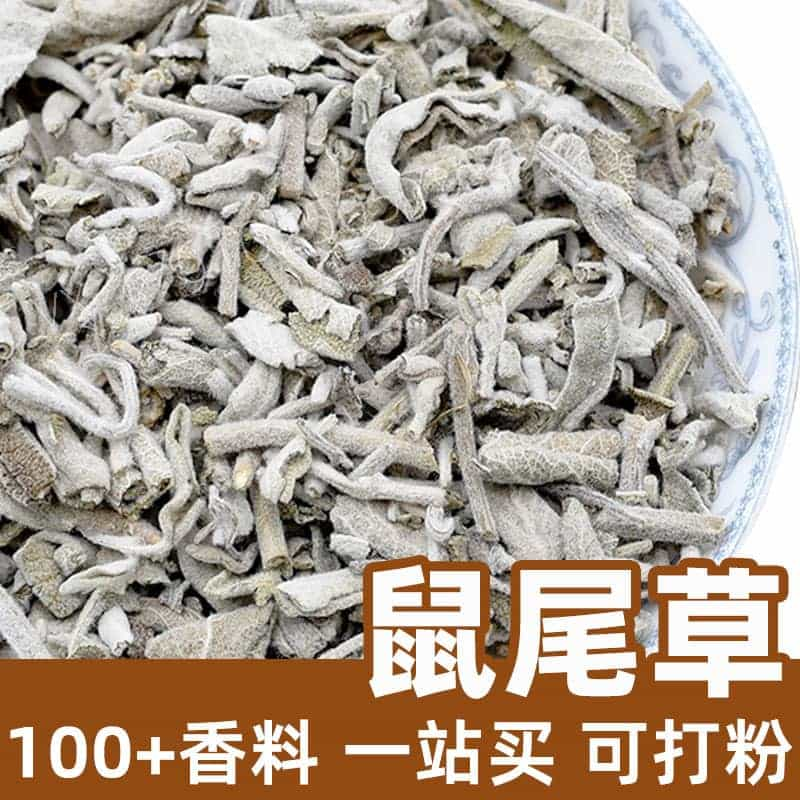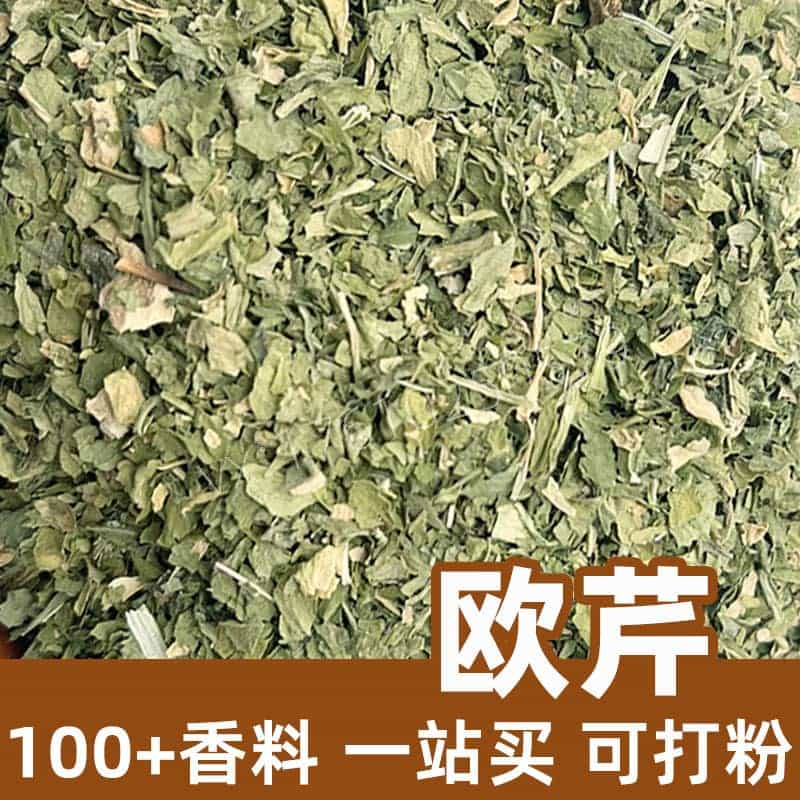Product Introduction
Green cardamom, a spice revered for its unique flavor profile, is derived from the seeds of the Elettaria cardamomum plant. Native to the Indian subcontinent, this perennial herb produces aromatic pods that contain the prized seeds. These small, black seeds are packed with intense flavor, offering a complex blend of sweet, citrusy, and slightly spicy notes.
Beyond its culinary applications, green cardamom has a long history of use in traditional medicine. It is believed to possess various health benefits, including digestive aid, respiratory relief, and improved oral health. Additionally, the essential oils extracted from cardamom are used in perfumes and aromatherapy for their invigorating and uplifting properties.
Aromatic Chemical Composition
The aromatic compounds that give cardamom its distinctive flavor include terpinene, limonene, and cineole. These compounds contribute to its sweet, citrusy, and slightly spicy notes, making it a versatile spice used in both sweet and savory dishes.
What Types of Products Are Available?
Green cardamom is primarily available in two forms:
- Whole Green Cardamom Pods: These are the entire pods, including the seeds. They can be used whole or ground.
- Ground Green Cardamom: The seeds are removed from the pods and ground into a fine powder. This form is convenient for quick use in recipes.
Application Scenarios and Usage Dosage
Green cardamom is a versatile spice with a wide range of culinary applications:
- Indian Cuisine: It is a staple in Indian cuisine, used in both sweet and savory dishes. It is often used in biryanis, curries, and chai tea.
- Middle Eastern Cuisine: Cardamom is also popular in Middle Eastern cuisine, particularly in desserts like baklava and halva.
- Scandinavian Cuisine: Scandinavian countries use cardamom in baking, especially in sweet breads and pastries.
- European Cuisine: Cardamom can add a unique flavor to European dishes like cakes, cookies, and fruit compotes.
When using green cardamom, a little goes a long way. A small amount can significantly enhance the flavor of a dish. It's best to add cardamom towards the end of cooking to preserve its delicate flavor.
Introduction to the Source Plant, Distribution, and Growing Environment
Cardamom plants thrive in warm, humid climates with rich, well-drained soil. They are typically grown in shade or partial shade and require regular watering. India, Guatemala, and Sri Lanka are the major producers of cardamom.
Harvesting, Processing, and Storage Preservation
Cardamom pods are harvested when they turn a deep green color. The pods are then dried to remove moisture, and the seeds are extracted. The seeds are often stored in airtight containers to preserve their flavor and aroma.
Monica Sun is a seasoned expert in the natural raw materials industry, with over a decade of experience specializing in traditional Chinese medicinal herbs, spices, and fungi. She is skilled in the sourcing, processing, and application of these materials, emphasizing sustainability and innovation. Monica Sun has contributed to the development of high-quality natural raw materials that serve as essential components in functional foods, pharmaceuticals, and cosmetics, delivering tailored solutions to meet diverse market needs.









.jpg)


.jpg)


